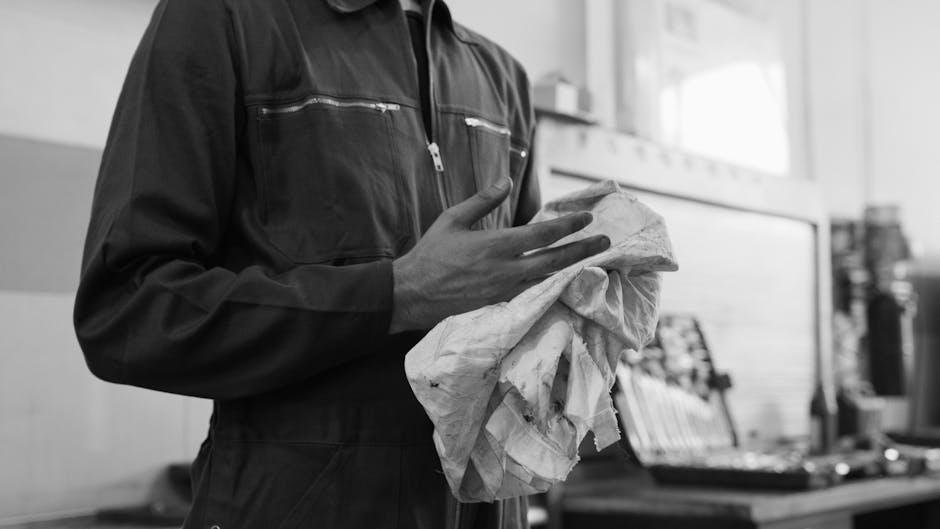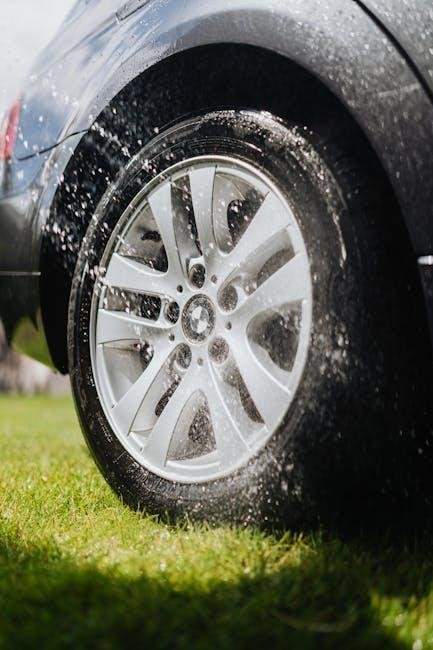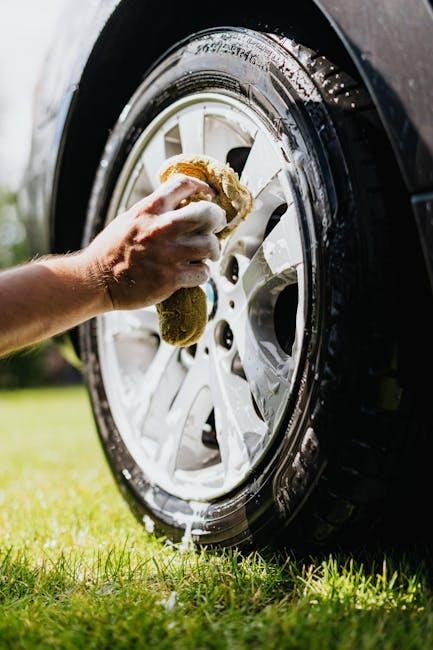Routine car maintenance is the unsung hero of vehicle longevity, operating silently beneath the radar of daily commutes and weekend getaways. Like a well-choreographed dance, it demands attention and timing to keep your automobile in prime condition yet frequently enough goes unnoticed until a warning light flickers to life. Understanding what’s included in routine car maintenance not only ensures your vehicle remains reliable but also enhances safety and performance on the road. In this article, we will unravel the essential components of car upkeep, providing you with a extensive guide to the tasks that keep your wheels turning smoothly and your journeys worry-free. From oil changes to tyre rotations, join us as we explore the vital practices that form the backbone of responsible car ownership.
Understanding the Essentials of Routine Car Maintenance
Routine car maintenance is essential for ensuring the longevity and reliability of your vehicle. It includes a variety of tasks that keep your car running smoothly and can prevent minor issues from escalating into costly repairs. Key components of routine maintenance involve regular inspections and replacements of critical systems, such as:
- fluids: Regularly checking and changing engine oil, coolant, brake fluid, and transmission fluid is vital for optimal performance.
- Filters: Air and oil filters should be replaced to keep your engine clean and efficient.
- Tires: Frequent tire rotations and alignments help ensure even wear and improve handling.
- Brakes: routine checks of brake pads and rotors can enhance safety and performance.
In addition to the above, a thorough inspection of the electrical systems and battery health is crucial. This includes verifying that lights, signals, and battery connections work correctly. For a more detailed view, consider the following table illustrating common maintenance tasks along with their recommended frequency:
| Maintenance Task | Recommended Frequency |
|---|---|
| Oil Change | Every 5,000 miles or 6 months |
| Tire Rotation | Every 6,000 to 8,000 miles |
| Brake Inspection | Every 10,000 miles |
| Battery Check | Every 12 months |
| Air Filter Replacement | Every 15,000 to 30,000 miles |

Key Components: fluids, Filters, and Fittings
Maintaining a car is not just about checking the oil and rotating the tires; it’s also crucial to pay attention to the fluids that keep your vehicle running smoothly. Essential fluids include engine oil, which lubricates engines and reduces friction, coolant that prevents overheating, and brake fluid that ensures your braking system operates effectively. Regular checks and timely replacements of these fluids can prevent a multitude of problems and prolong the life of your car. Ignoring these vital components can lead to serious malfunctions and costly repairs down the line.
Filters and fittings are equally important in the holistic care of your vehicle. Filters,such as the oil filter,air filter,and fuel filter,work relentlessly to keep your car’s systems clean and efficient. These components trap dirt, debris, and contaminants, thus enhancing performance and maintaining cleanliness within your engine. Conversely, fittings—such as hoses and connectors—are the unsung heroes of fluid management. Their condition can directly influence the performance of your car, making regular inspections essential. Consider creating a maintenance schedule that highlights these components, ensuring you check and replace them as necessary to keep your vehicle in top shape.

The importance of Tire Care and Alignment
proper tire care and alignment are crucial for ensuring optimal vehicle performance and safety on the road. Well-maintained tires improve fuel efficiency,enhance traction,and increase the longevity of your tires,ultimately saving you money in the long run. Regularly checking your tire pressure, rotating tires, and examining tread wear can significantly impact your driving experience. It’s essential to adhere to recommended tire maintenance schedules to avoid unexpected breakdowns and improve your vehicle’s handling.
Alignment is equally important as it ensures that your tires make proper contact with the road, reducing uneven wear and enhancing overall stability. Misalignment can lead to a host of issues, including decreased fuel efficiency and compromised safety. Factors that can affect alignment include potholes, road debris, and normal wear and tear. To maintain optimal performance, consider these key practices:
- Visual Inspection: Check for any visible signs of damage or uneven wear.
- Tire Rotation: Rotate tires every 5,000 to 7,500 miles.
- Regular Alignment Checks: Monitor alignment at least once a year or after hitting a notable bump.

Timing for Routine Inspections and Services
Establishing a consistent schedule for routine inspections and services is essential for prolonging the life of your vehicle and ensuring optimal performance. It’s generally advised to follow the manufacturer’s recommendations, typically outlined in your car’s owner manual. Regular maintenance intervals can vary depending on vehicle make and model, but adhering to common timelines helps you stay organized. Here’s a general outline of recommended check-ups:
- Oil changes: Every 5,000 to 7,500 miles
- Brake inspection: Every 10,000 miles or once a year
- Tire rotation: Every 5,000 to 7,500 miles
- Fluid checks and top-offs: Every 3,000 to 5,000 miles
- Battery health check: Once a year
Additionally, specific seasons can influence your maintenance routine. Preparing your vehicle for extreme weather can help prevent issues down the road. Here’s a simple table illustrating seasonal services:
| Season | Service Focus |
|---|---|
| Spring | Tire check, alignment, and battery inspection |
| Summer | Cooling system inspection and fluid checks |
| Autumn | Brake inspection and heater operation |
| Winter | Tire condition and antifreeze levels |
Future Outlook
maintaining the health of your vehicle through routine car maintenance is akin to nurturing a delicate balance. Just as a gardener tends to their plants with care and attention, a vehicle owner invests in their car with regular check-ups and services to ensure longevity and performance. From oil changes that keep the engine humming smoothly to tire rotations that provide stability on the road, each component of your maintenance checklist contributes to the harmonious function of your automobile.
As you drive off into your daily adventures, remember that proactive care today can prevent costly repairs tomorrow. So, take a moment to honor this commitment to your vehicle—it’s not just about getting from point A to point B; it’s about fostering a reliable companion ready to tackle every journey ahead. Embrace a well-maintained ride, and let every mile be a testament to your dedication to its upkeep. Safe travels!


